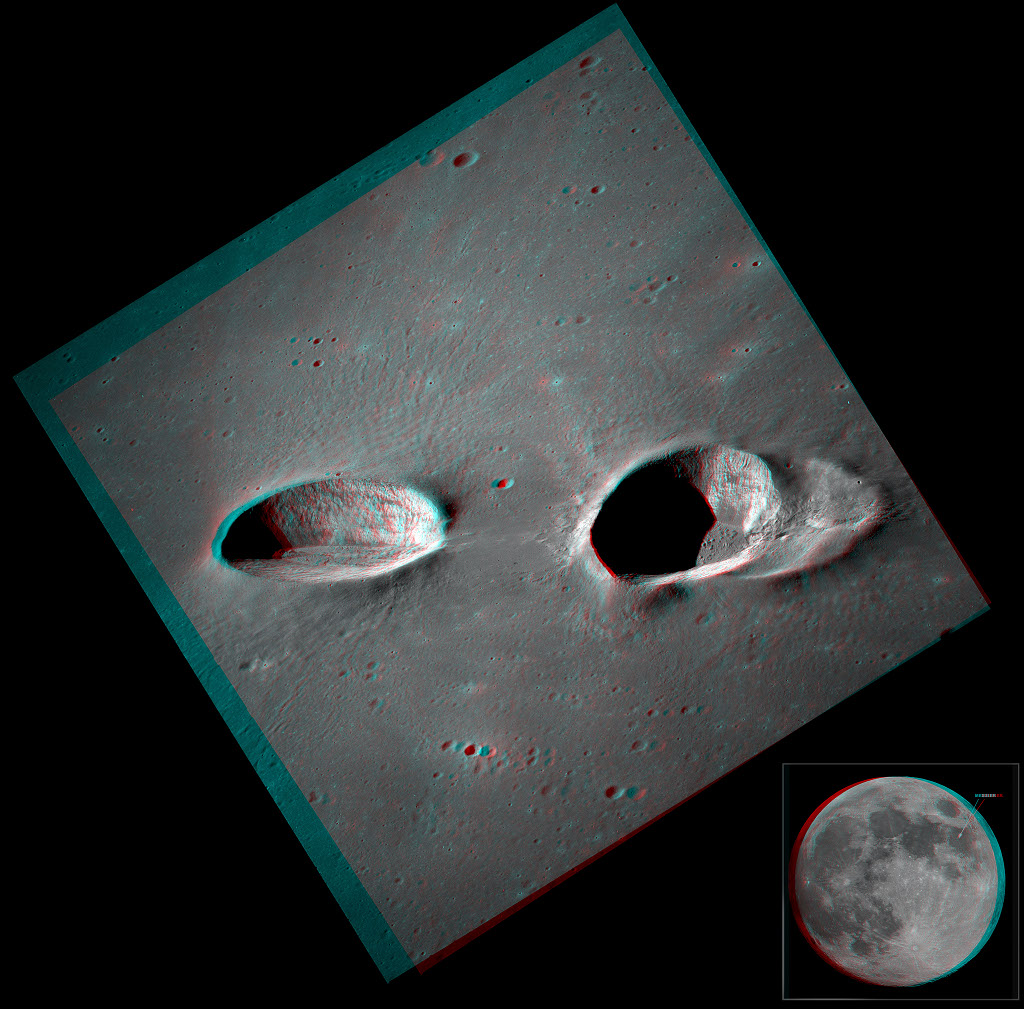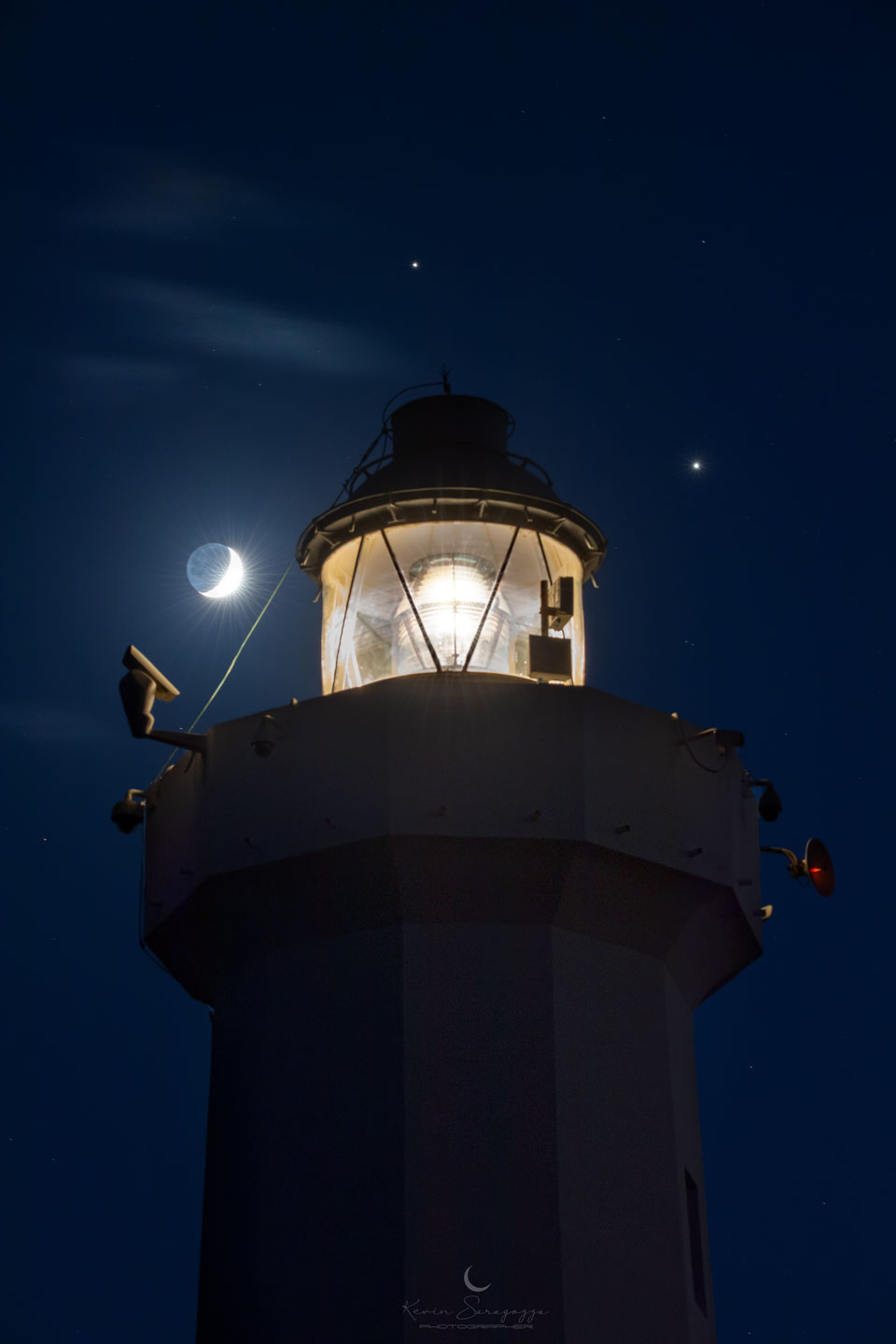Nombre total de pages vues
17/12/2020
AERONAUTIQUE - La voiture volante
16/12/2020
ASTRONOMY - Sonified: The Matter of the Bullet Cluster
2020 December 16
Image Credit: X-ray: NASA/CXC/SAO; Optical: NASA/STScI, Magellan/U.Arizona; Lensing Map: NASA/STScI, ESO WFI, Magellan/U.Arizona; Sonification: NASA/CXC/SAO/K.Arcand, SYSTEM Sounds (M. Russo, A. Santaguida)
Explanation: What's the matter with the Bullet Cluster? This massive cluster of galaxies (1E 0657-558) creates gravitational lens distortions of background galaxies in a way that has been interpreted as strong evidence for the leading theory: that dark matter exists within. Different analyses, though, indicate that a less popular alternative -- modifying gravity-- could explain cluster dynamics without dark matter, and provide a more likely progenitor scenario as well. Currently, the two scientific hypotheses are competing to explain the observations: it's invisible matter versus amended gravity. The duel is dramatic as a clear Bullet-proof example of dark matter would shatter the simplicity of modified gravity theories. The featured sonified image is a Hubble/Chandra/Magellan composite with red depicting the X-rays emitted by hot gas, and blue depicting the suggested separated dark matter distribution. The sonification assigns low tones to dark matter, mid-range frequencies to visible light, and high tones to X-rays. The battle over the matter in the Bullet cluster is likely to continue as more observations, computer simulations, and analyses are completed.
15/12/2020
13/12/2020
ASTRONOMY - Geminid Meteors over Xinglong Observatory
11/12/2020
ASTRONOMY - Messier Craters in Stereo
2020 December 11
Image Credit: Apollo 11, NASA; Stereo Image Copyright Patrick Vantuyne
Explanation: Many bright nebulae and star clusters in planet Earth's sky are associated with the name of astronomer Charles Messier from his famous 18th century catalog. His name is also given to these two large and remarkable craters on the Moon. Standouts in the dark, smooth lunar Sea of Fertility or Mare Fecunditatis, Messier (left) and Messier A have dimensions of 15 by 8 and 16 by 11 kilometers respectively. Their elongated shapes are explained by the extremely shallow-angle trajectory followed by an impactor, moving left to right, that gouged out the craters. The shallow impact also resulted in two bright rays of material extending along the surface to the right, beyond the picture. Intended to be viewed with red/blue glasses (red for the left eye), this striking stereo picture of the crater pair was recently created from high resolution scans of two images (AS11-42-6304, AS11-42-6305) taken during the Apollo 11 mission to the Moon.
09/12/2020
ASTRONOMY - Arecibo Telescope Collapse
2020 December 9
Video Credit: Arecibo Observatory, NSF
Explanation: This was one great scientific instrument. Starting in 1963, the 305-meters across Arecibo Telescope in Puerto Rico USA reigned as the largest single-dish radio telescope in the world for over 50 years. Among numerous firsts and milestones, data from Arecibo has been used to measure the spin of Mercury, map the surface of Venus, discover the first planets outside of our Solar System, verify the existence of gravitational radiation, search for extraterrestrial intelligence, and, reportedly, locate hidden military radar by tracking their reflections from the Moon. Past its prime and in the process of being decommissioned, the Arecibo Telescope suffered a catastrophic structural collapse early this month, as seen in the featured composite video.
08/12/2020
ASTRONOMY - Great Conjunction over Sicilian Lighthouse
2020 December 8
Image Credit & Copyright: Kevin Saragozza
Explanation: Don’t miss the coming great conjunction. In just under two weeks, the two largest planets in our Solar System will angularly pass so close together in Earth's sky that the Moon would easily be able to cover them both simultaneously. This pending planetary passage -- on December 21 -- will be the closest since 1623. Jupiter and Saturn will remain noticeably bright and can already be seen together toward the southwest just after sunset. Soon after dusk is the best time to see them -- because they set below the horizon soon after. In mid-November, the Jovian giants were imaged together here about three degrees apart -- and slowly closing. The featured image, including a crescent moon, captured the dynamic duo beyond the Cape Murro di Porco Lighthouse in Syracuse, Sicily, Italy.
ASTRONOMY - The Observable Universe
2025 November 23 The Observable Universe Illustration Credit & Licence : Wikipedia , Pablo Carlos Budassi Explanation: How far can ...

-
2022 September 26 All the Water on Planet Earth Illustration Credit: Jack Cook, Adam Nieman, Woods Hole Oceanographic Institution ; Data ...
-
2025 May 11 The Surface of Venus from Venera 14 Image Credit: Soviet Planetary Exploration Program , Venera 14 ; Processing & Copyri...






